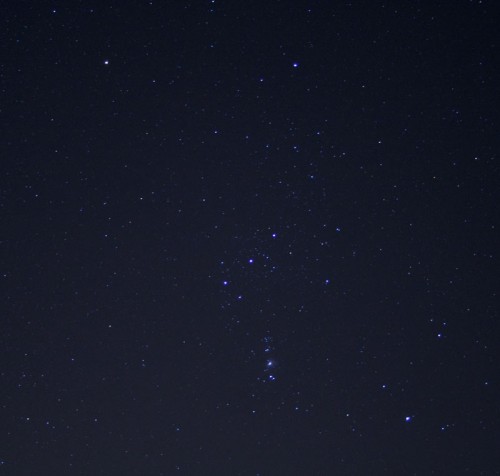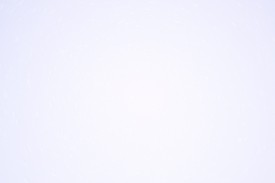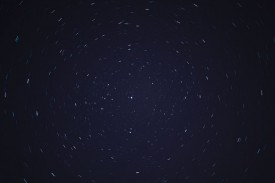Last night at 22:00 I packed my equipment and walked to a field near my parents’ house. It is big and dark and an excellent place for taking astrophotos. My new tripod was a dream to work with and I even managed to find focus right away.
For the first half hour the sky was crystal clear, and I took a series of images of the Orion constellation. I used the noise reduction function in my camera, which means that every exposure took twice as long (i.e. 10 seconds for the exposure of the sky and then 10 seconds for a dark exposure), but since all my exposure were relatively short, I figured that was the easiest way to go. When I came home I used Photoshop to stack the images. Although I have never tried that before and was a bit unsure of what I was doing, I think the result looks nice. You can even see the Orion Nebula.

I also took a few images of Cassiopeia but in that part of the sky, the star trails made it too difficult for me and my humble stacking skills to make the constellation stand out.
Finally I pointed my camera at Polaris. I have always liked the long exposure astrophotos that show how the stars move in circular trails around the North Star. I set the exposure time at 10 minutes but had to cut it short since clouds started drifting in. Still, I managed to completely overexpose the image.


After a lot of tweaking in Photoshop (I have no idea what I did) I succeeded in bringing out the star trails. They are a lot shorter than what I had in mind, though. The next time I try this, I should probably take a lot of short exposures over a period of an hour or so with the camera pointing in a fixed direction and then combine them.